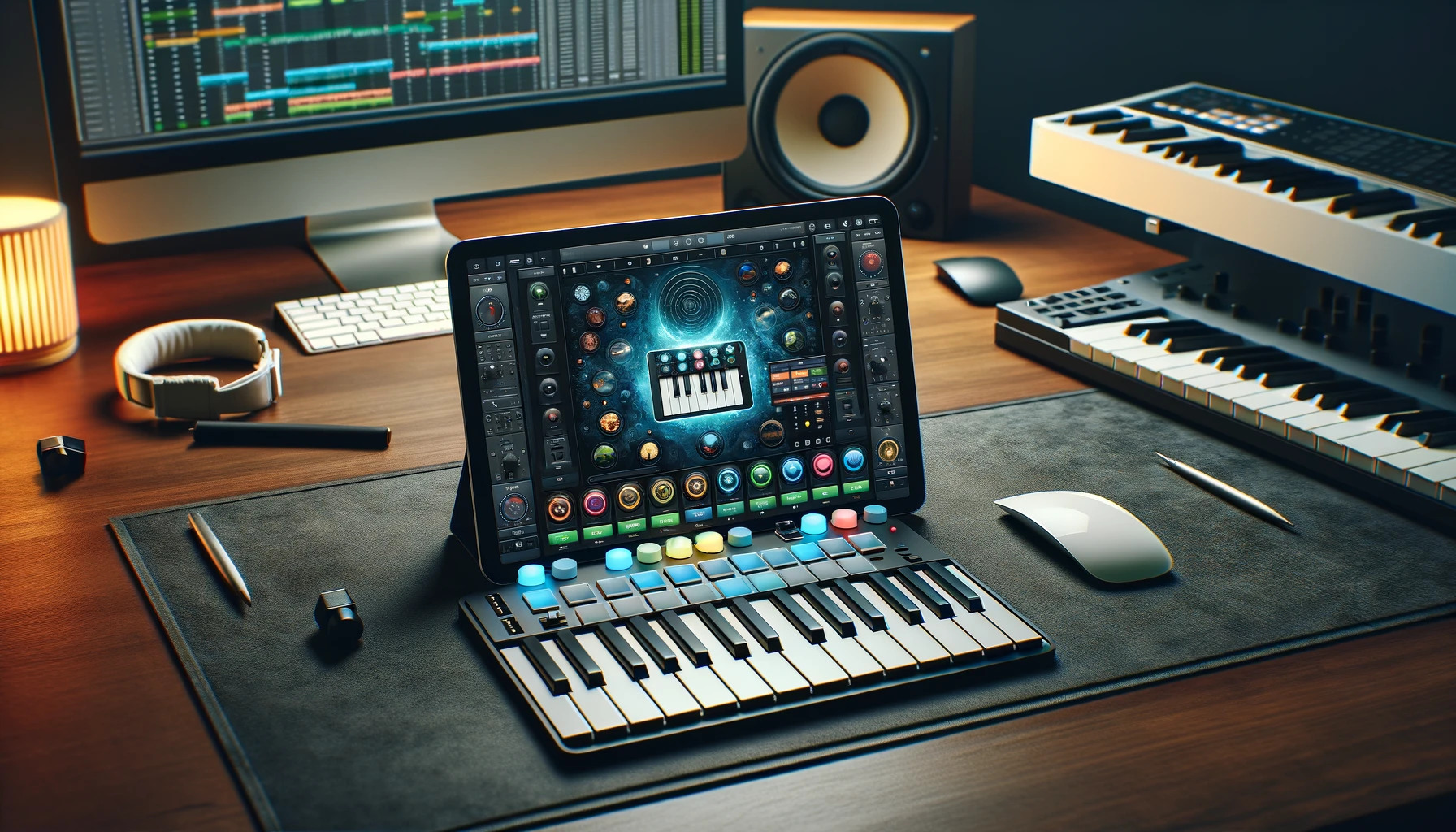Have you ever wondered if you can transform your handy tablet device into a customizable MIDI controller for music production and performances?
With the right MIDI controller app, DAW software, and connectivity, both Android and iOS tablets can absolutely become fully functional and portable MIDI controllers.
Let’s dive in and explore what’s needed to convert your tablet into an intuitive musical interface and how to optimize its usage.
Can I Use My Tablet as a MIDI Controller?

Yes, most standard tablets running recent iOS or Android operating systems can connect to computers and transmit MIDI data to external synthesizers, virtual instruments, and Digital Audio Workstations using a MIDI protocol.
By installing a dedicated MIDI controller app to enable communication and customizing the touchscreen interface to map piano keys, drum pads, faders, and knobs, your tablet morphs into a versatile production tool and instrument.
We’ll cover recommended required gear, setup steps, and optimization tips below.
What is a MIDI Controller and Why Use One
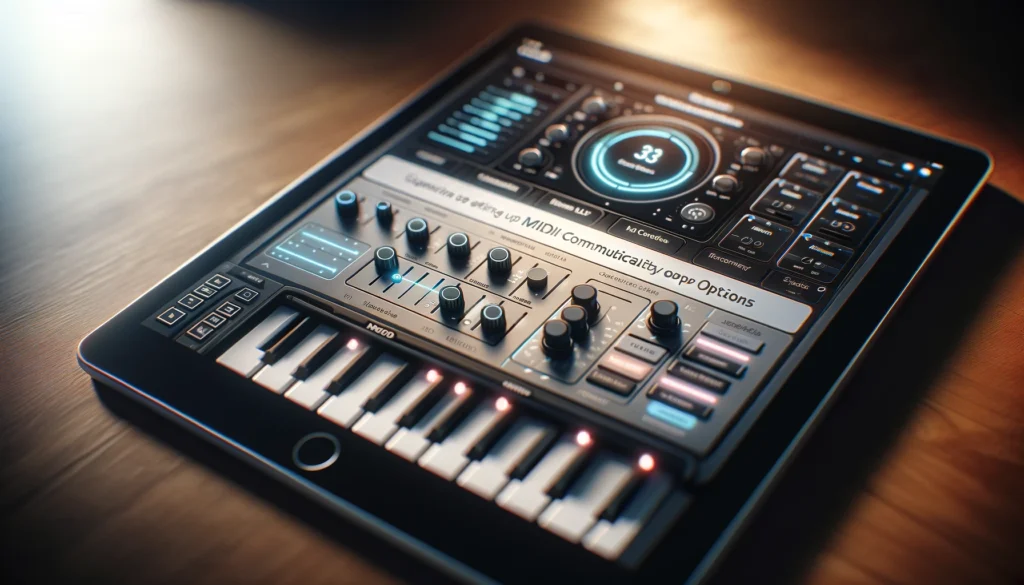
A MIDI controller is a hardware device that allows you to generate MIDI data signals to control MIDI-compatible software and hardware.
The MIDI protocol allows electronic musical instruments, controllers, computers, tablets, and smartphones to communicate and synchronize with each other.
Using a MIDI controller provides a more hands-on, versatile way to create music compared to only using a mouse and computer keyboard.
The main benefits of utilizing a MIDI controller include more expressive musical performances, efficient music production workflows, tactile control of various software parameters, and portability if using a mobile tablet device.
With the touchscreen interface and compact form factor of a tablet, you can have a lightweight and customizable MIDI controller setup for music production and live performances.
What You’ll Need
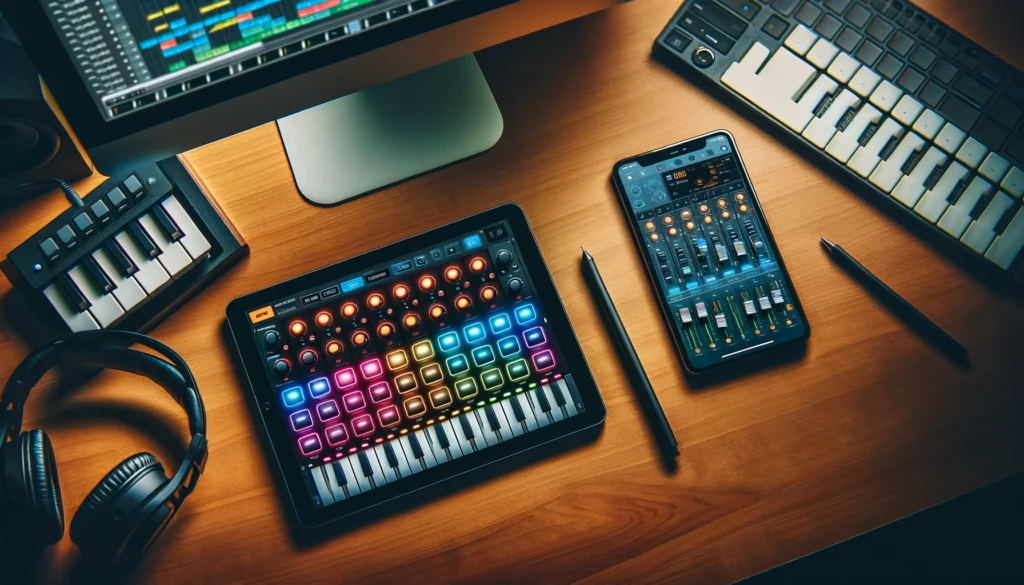
To configure your tablet device into a fully functional MIDI controller system, you will need the following equipment:
Tablet Device
Both iOS tablets like the iPad and Android tablets can connect and transmit MIDI data to external devices and computers.
Make sure your tablet supports the latest OS version and has wireless and wired connectivity options.
MIDI Controller App
You need to install a dedicated MIDI controller app on your tablet that will allow you to customize the layout and assign MIDI functionality to the touchscreen.
Some popular options include TouchDAW, MIDI Designer, cmdmidicontrol, and Lemur.
Digital Audio Workstation Software
The MIDI data from your tablet controller needs to be received and utilized within a Digital Audio Workstation (DAW) environment like Ableton Live, Logic Pro, FL Studio or similar programs.
The DAW software is used to record, edit, and produce musical compositions.
Connectivity Options
To establish communication between your tablet device and computer, you will either need a wireless WiFi connection or a wired USB connection.
Having flexible options allows you to position your tablet controller for convenient use.
Setting Up Your Tablet as a MIDI Controller

Converting your tablet into a fully functional MIDI controller involves a few key steps in terms of software installation and configuration:
Download and Install MIDI Controller App
After acquiring one of the touch-based MIDI controller apps from the App Store or Google Play store, you need to install it onto your iOS or Android tablet.
Most apps have free and paid versions depending on how many controls and customization ability you need.
Connect Tablet to Computer
Establish a wired or wireless connection between your tablet and computer.
For example, you can use a direct USB cable connection for efficient data transfer and lower latency.
Or connect both devices to the same WiFi network.
Configure MIDI Settings
Within the MIDI controller app and DAW environment on your computer, input and output MIDI ports need to be properly set up to establish communication.
You may need to designate specific MIDI channels to avoid conflicts between software and hardware.
Customize Controls Layout
A great benefit of utilizing a touchscreen tablet as a MIDI controller is the ability to fully customize the layout.
Carefully map different functions like piano keys, drum pads, faders, and knobs to the app template.
Mapping Controls
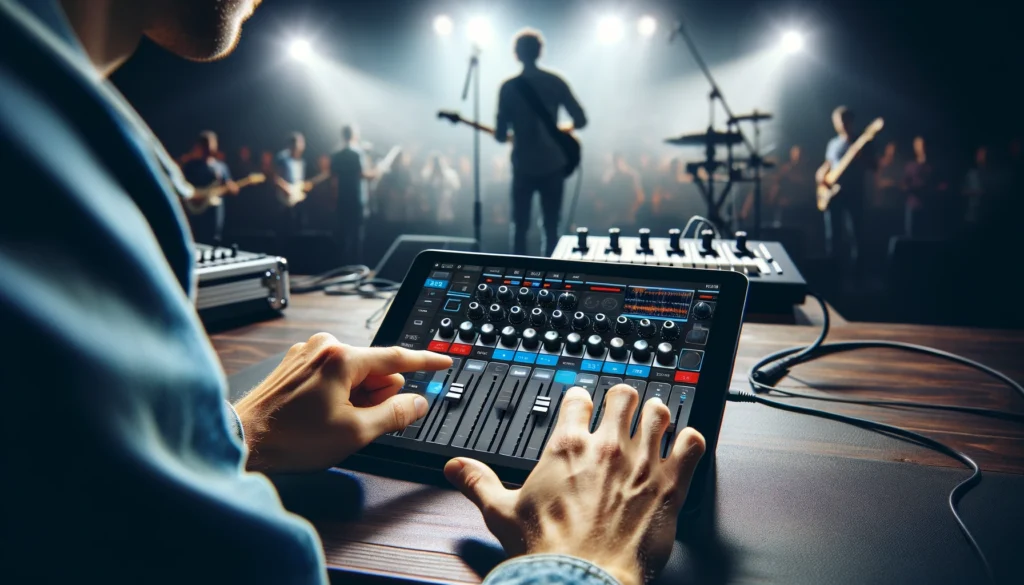
One of the most important steps in setting up your tablet-based MIDI controller is deciding how you want to map the various software controls to the touch interface.
Carefully considering your workflow needs and music production approach will allow you to optimize the layout and placement of different control types.
Piano Keys/Pads
Many controller apps have piano keyboard templates where you can designate a certain touchscreen zone to different notes and octaves.
Some apps even attempt to emulate the look and width of realistic keys.
You can map drum pads and trigger buttons in a similar fashion.
Faders and Knobs
The touch interface of a tablet allows for accurate use of faders and knobs.
You can create vertical faders or circular knobs linked to software parameters like volume, panning, EQ, effects levels, and more.
Group related controls together in rectangles or rows.
Customized Templates
Beyond the default templates provided within the MIDI apps, you have the ability to fully customize your own layouts that work for your production style and hardware setup.
Carefully organize sections on the touchscreen based on frequency of use and logical groupings of software functionality to optimize workflow.
Using Your Tablet Controller
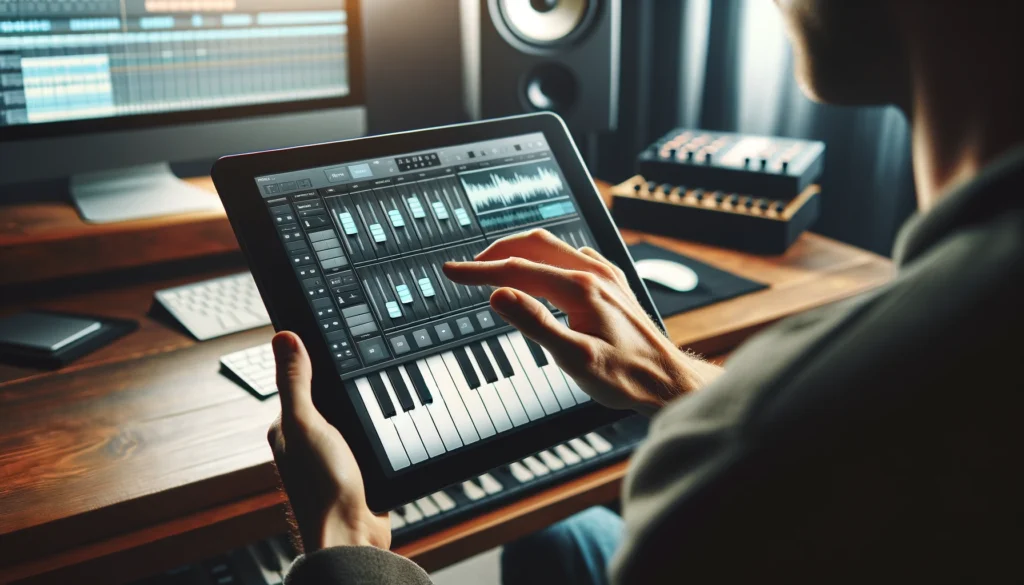
After routing all the necessary MIDI connections and control mappings, your tablet will be able to transmit accurate MIDI data to external synthesizers, virtual instruments, DAW parameters, and more.
Here are some typical ways the tablet controller can be utilized:
Record/Playback MIDI Data
The touchscreen interface now allows you to accurately perform and record MIDI note data that drives software instrument plugins for bass, guitar, keyboards etc.
Program melodies, harmonies and chord progressions by playing on the tablet’s interface.
Control Software Mixer/FX
You can dedicate certain areas or controls exclusively for handling DAW mixer functions like volumes and panning or plugin effects.
Tweak filter settings, reverb depths, delay times etc.
right from the touch interface.
Program Beats/Rhythms
Use the mapped drum pads and step sequencing abilities to program patterns and rhythms within the DAW environment or external drum machines.
Playing beats on the tablet can offer very precise timing and velocity control.
Tips for Better Performance
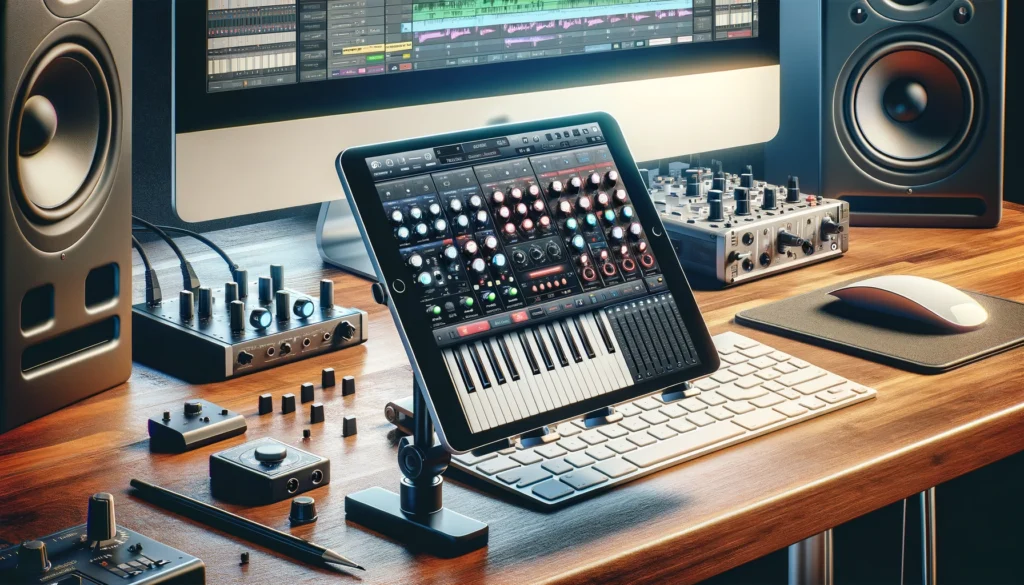
To achieve the best musical experience and efficient workflow using your tablet MIDI controller setup, utilize the following optimizations:
Reduce Latency
One common challenge is dealing with latency which causes delays between playing the tablet and hearing audio output.
Reduce buffer sizes and use wired connections to improve response times.
WiFi extending devices can also minimize latency.
Optimize App Settings
Dive into the app’s settings to reduce graphical intensities and animated effects to devote processing power strictly for MIDI functionality which yields better timing and stability in large projects.
Position Strategically
Have your tablet accessible at all times by safely propping it up tilted towards you on a tabletop or mounted on a mic stand.
Consider movable tablet mounts on arms that can position the controller exactly where you need it.
Conclusion
In summary, almost any modern tablet can transform into a customizable MIDI controller for music production, performance, and control.
With some fundamental audio software and hardware elements like a MIDI app, DAW environment, and wired/wireless connectivity, iOS and Android tablets unlock immense creative potential.
Use the touch interface to play instruments, program beats, automate mixing, and more.
We covered key considerations ranging from reducing latency to strategic mounting positions to really leverage your tablet as an intuitive musical command center fully integrated into your workflow.
